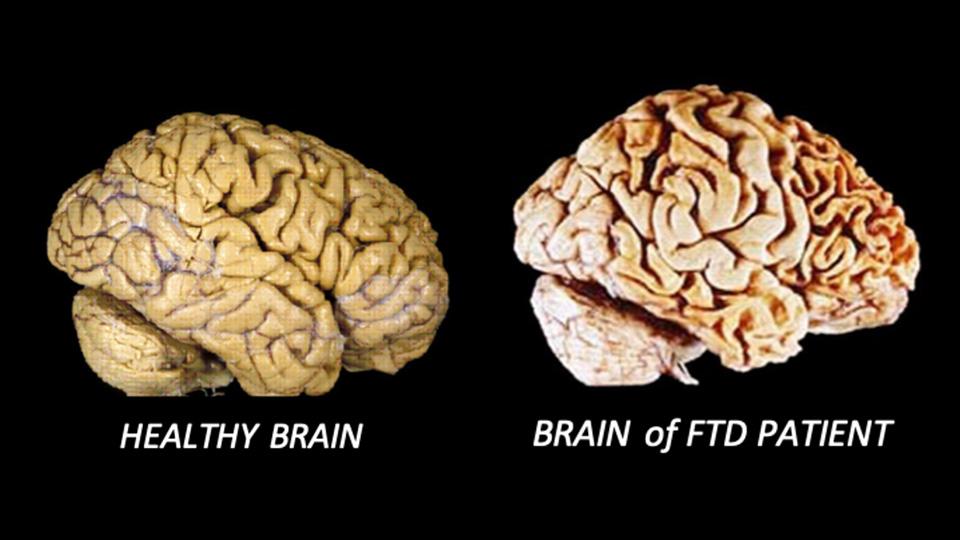Study provides insight into language and the brain
Primary page content
New research by Dr Max Garagnani reveals what happens to the understanding of language in the brains of patients with Semantic Dementia (SD).
Dr Garagnani uses computational modelling to understand how the human brain works. He has spent several years researching how the human brain acquires language, the meaning of words, and how we process the meaning of words in the human brain.
Semantic Dementia (SD) is a progressive neurogenerative disease that involves the loss of meaning of language and comprehension of words. Due to shrinkage of the temporal lobes of the brain, a person with SD struggles to remember the meaning of words, faces and objects.
This study aims to understand the disease and the comprehension of language through a computational model that mimics the structure and the learning abilities of a real human brain.
The research looks at what happens in the brain when we try to understand the meaning of a word, and which systems in the brain support the understanding of language and processing and what happens when these systems are damaged.
Using a more neurobiologically accurate computational model of the brain provides a better explanation for why SD patients cannot understand the meaning of words or sentences, and struggle to recall names of familiar objects but, when asked to repeat a given word, they are generally able to do so. The study found that this phenomenon is due to the structure of the connections (anatomical links) via which the different areas of the brain communicate, and which we are born with.
Using this model, Dr Garagnani and his collaborators also predict that SD should affect the patient’s ability to understand visual object words (such as “sun”) more than their ability to understand action words (such as “run”). This finding may enable the development of better, more sensitive, diagnostic tests for earlier detection of SD onset.
The computational model developed in this work helps us gain a better understanding of the effects Semantic Dementia (SD) has on the knowledge about words and concepts which is stored in our brain.
Max Garagnani
“Understanding how, exactly, the disease is damaging such structures and neural circuits – circuits that we learn in childhood and which enable us, on a daily basis, to communicate and make sense of the world around us – is important because it may lead to the development of novel treatments for countering, or slowing down, the devastating effects of SD, as well as of other neurodegenerative diseases (e.g., Alzheimer’s or Parkinson’s).”

A healthy brain (left) and of the brain of a patient affected by frontotemporal dementia (right). Semantic dementia is a variant of FTD.
The study team developed a model that replicates the structure, function and components of the human brain to shed some light on the processes happening in the brain of SD patients during specific tasks.
This promising research which surpasses previous models and studies may be used to develop more sensitive diagnostic methods that can be used to diagnose earlier onset of the disease.
Dr Garagnani added: “One of the crucial aspects of this work is that the neural network that we used here improves upon previous neurocomputational models of SD, in that it uses only learning mechanisms which we know exist in the brain.
“Because of this, not only do we understand better how words and concepts are learned during our infanthood but, building on this, we can also start to explore ways in which the brain might, in principle, re-learn the information that was lost because of the damage.
“This has the potential to lead to the development of new language and cognitive rehabilitation methods in clinical populations affected by neurodegenerative diseases or acquired brain lesions (such as stroke).”
Max Garagnani is a Senior Lecturer in Computer Science and co-director of the MSc in Computational Cognitive Neuroscience programme.
The article 'Breakdown of category-specific word representations in a brain-constrained neurocomputational model of semantic dementia' was published in the Scienific Reports Journal.